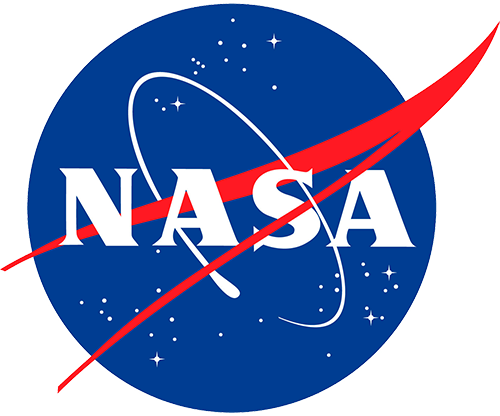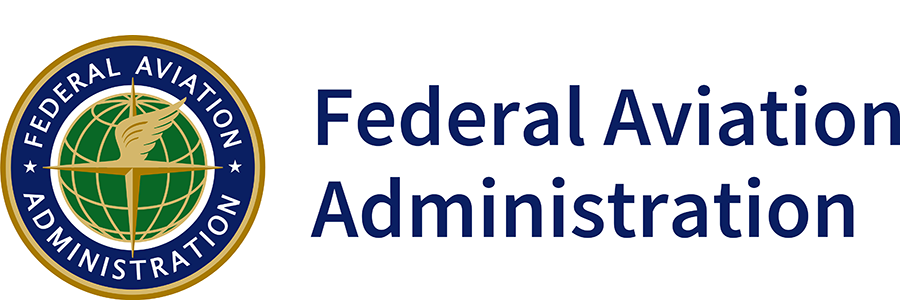Aviation resources and opportunities
Texas is taking off into the future of transportation with Advanced Air Mobility (AAM). This exciting new field promises to revolutionize how we move people and goods, offering faster, more efficient, and potentially more sustainable transportation options. This page serves as a central hub for information on AAM efforts across the Lone Star State. Here, you'll find details on the different groups working to bring AAM to Texas, including state and local initiatives, industry partnerships, and research efforts. We'll also provide links to relevant federal resources, information on current and proposed laws and regulations, and opportunities for public engagement as we work together to shape the future of flight in Texas.
What is Advanced Air Mobility (AAM)?
Advanced Air Mobility (AAM) is a new vision for aviation using electric or hybrid-electric aircraft, often called eVTOLs. These smaller, quieter aircraft take off and land vertically like helicopters, offering a more efficient and potentially sustainable way to travel. AAM isn't about replacing airplanes; it's about creating new transportation options within and between cities, connecting suburbs and urban centers, and reaching remote areas. For Texans, this could mean faster commutes, less traffic, new regional travel options, quicker deliveries, and even emergency medical transport. AAM promises a more connected and efficient transportation future.
TxDOT and the Federal eVTOL and AAM Integration Pilot Project
The Texas Department of Transportation (TxDOT) is committed to exploring innovative aviation technologies that can benefit our state. As part of this commitment, TxDOT is preparing an application to participate in the Federal Aviation Administration's (FAA) eVTOL and AAM Integration Pilot Project (eIPP).
This groundbreaking federal initiative will bring together state and local governments with private industry to safely test and validate emerging electric Vertical Takeoff and Landing (eVTOL) and Advanced Air Mobility (AAM) technologies. The eIPP will help shape the future of aviation by providing a framework for the safe integration of these innovative aircraft into our national airspace.
By participating as an offeror in this program, TxDOT aims to position Texas at the forefront of this new era of transportation, ensuring that our state plays a key role in developing and deploying these transformative technologies.

TxDOT’s AAM Committee
To pave the way for AAM in Texas, TxDOT established the Advanced Air Mobility (AAM) Advisory Committee, a dedicated group of experts and stakeholders. Charged with exploring the potential of this transformative technology, the committee diligently investigated various aspects of AAM implementation, from funding and infrastructure needs to crucial safety considerations, economic impacts, and how best to integrate AAM into communities. Their work provided valuable insights and recommendations for shaping the future of flight in the Lone Star State. The culmination of their efforts can be found in their final report, a roadmap for AAM's Texas journey.
NASA and AAM
NASA is leading the way in the future of air travel with its Advanced Air Mobility (AAM) research. This exciting initiative aims to transform how we move people and goods, bringing transportation on-demand and into the skies. NASA's vision includes low-altitude passenger transport, cargo delivery, and public service capabilities. To make this a reality, NASA is providing crucial data to guide the development of electric air taxis and drones, and working with the Federal Aviation Administration to safely integrate these vehicles into the national airspace. This groundbreaking work is setting the stage for a thriving AAM industry by 2030. Learn more about NASA's AAM mission.

Federal Aviation Administration and AAM
The FAA is leading the way in safely integrating Advanced Air Mobility (AAM) aircraft into the National Airspace System (NAS). They've updated regulations to allow for safe operation of AAM aircraft and are working with other aviation authorities to harmonize integration strategies. The FAA is also engaging with communities to address concerns about AAM operations. To support this, they're developing vertiports and vertistops, specialized areas for AAM takeoffs and landings, and working on standards for electric charging stations, as many AAM aircraft are electric. Learn more about the FAA's AAM efforts.

AAM Companies in Texas
Texas is becoming a hotbed for Advanced Air Mobility (AAM) innovation, attracting a wave of cutting-edge companies pushing the boundaries of aviation. From developing revolutionary electric aircraft to building robust delivery networks, AAM pioneers are establishing a strong presence in the Lone Star State. Companies are designing and building quiet, all-electric aircraft for passenger service, while others are demonstrating the power of autonomous drone delivery for everything from groceries to critical medical supplies. AAM companies are not just envisioning the future of flight; they're actively building it right here in Texas.
Small Unmanned Aircraft Systems
Want to learn more about operating your small UAS in Texas recreationally or commercially?
- Visit the FAA’s website for federal training and certification requires.
- Visit the Texas Film Commission’s website for Texas drone regulations.
- Are you operating a UAS for/on behalf of TxDOT on a TxDOT project? Visit our UAS services page to learn about our requirements.
Contact us
For more information about Advanced Air Mobility and how TxDOT fits in to this emerging technology, please contact:
Sergio Roman
Director of Emerging Aviation Technology